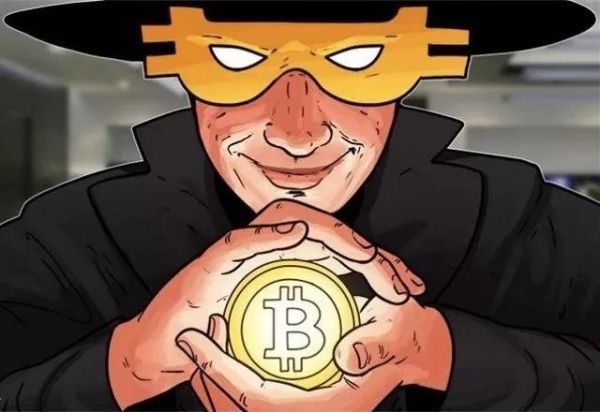Audio Presented by

Web3.0 pioneer, for 3.0 point of view is: simple and lightweight, focused quality, high security.
About Author
Web3.0 pioneer, for 3.0 point of view is: simple and lightweight, focused quality, high security.

Web3.0 pioneer, for 3.0 point of view is: simple and lightweight, focused quality, high security.
Web3.0 pioneer, for 3.0 point of view is: simple and lightweight, focused quality, high security.